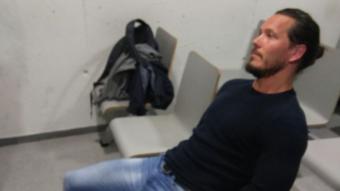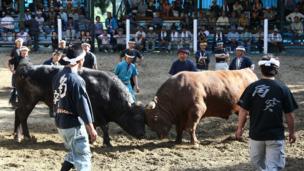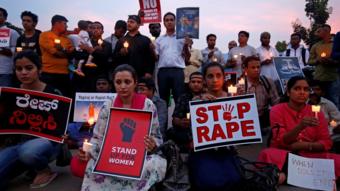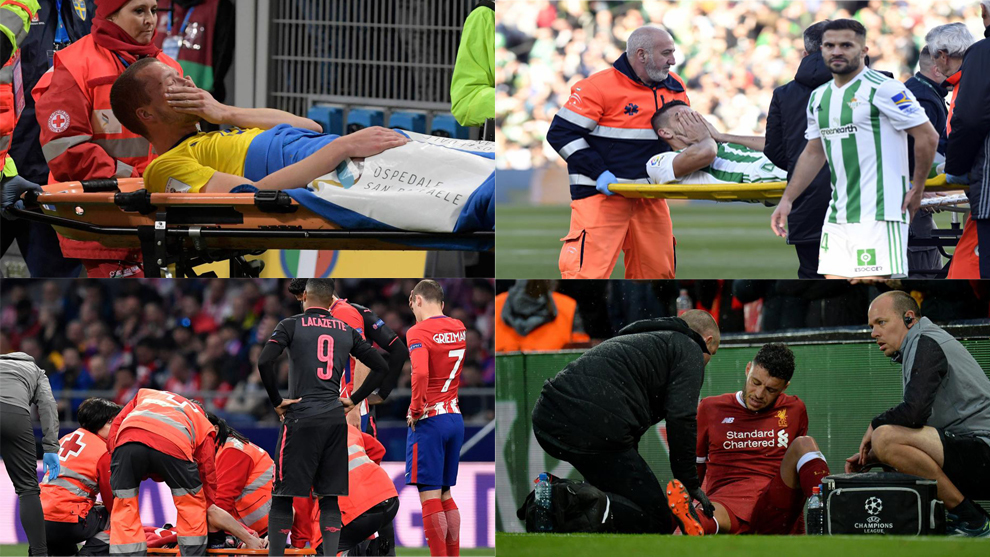
Study names Spain as World Cup favourites
June 14, 2018, is the start of the World Cup and a day marked on the calendar for all football lovers.
It's a date that no player wants to miss out on, however there will be several high-profile absentees in this highly anticipated summer competition.
These are 12 of the players who will not be able to represent their countries in Russia 2018.
Alex Oxlade-Chamberlain (England)
The Liverpool player and former Arsenal man suffered a knee injury in the first leg of the Champions League semi-finals, which means he will miss both the final of the European competition and the long-awaited World Cup.
The club's statement made it clear.
"Chamberlain's season has come to an end," it said.
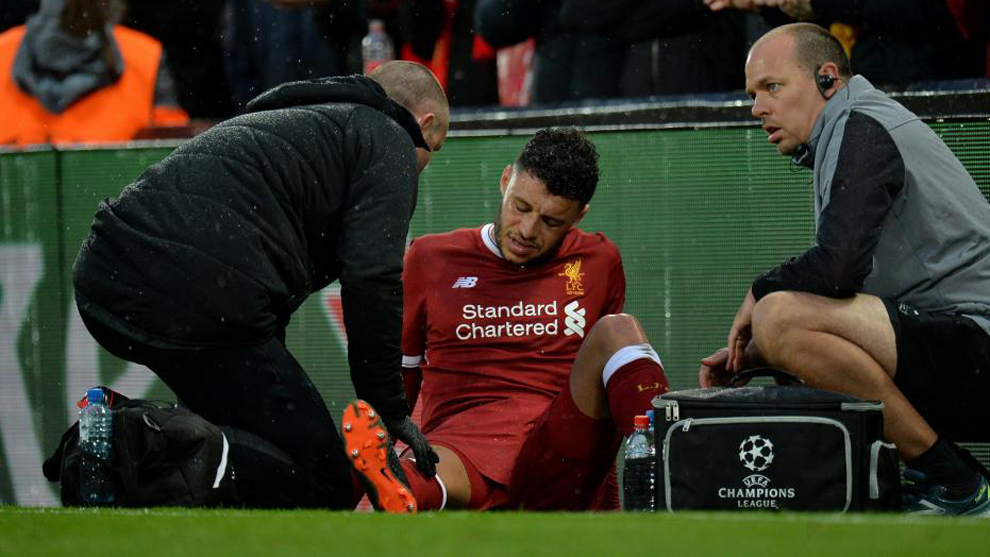
Jakob Johansson (Sweden)
The Swedish midfielder of AEK Athens picked up a knee injury in the second leg of the World Cup playoffs against Italy.
Johansson was the scorer of the only goal in the first leg and instantly became Sweden's hero.
Thanks to him, his national team are in the World Cup.

Laurent Koscielny (France)
The Arsenal defender was injured in the second leg of the Europa League semi-finals, tearing his Achilles tendon.
Antoine Griezmann, who shares a close relationship with his French teammate, showed a face of major concern for Koscielny during the scene.
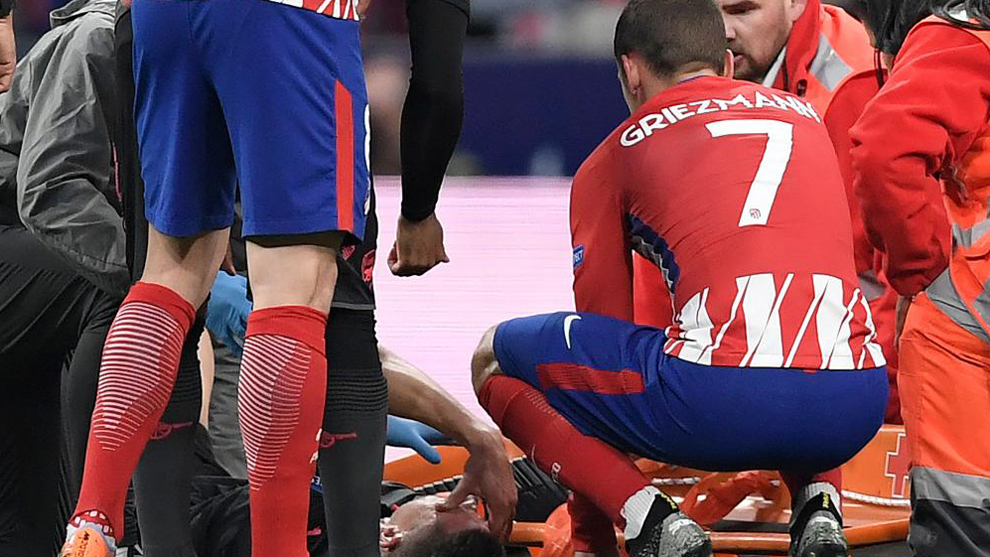
Mathias Corujo (Uruguay)
The Penarol midfielder recently picked up an injury and the club have announced he will have to go to the operating room.
Therefore, he will be forced to miss out from the World Cup.
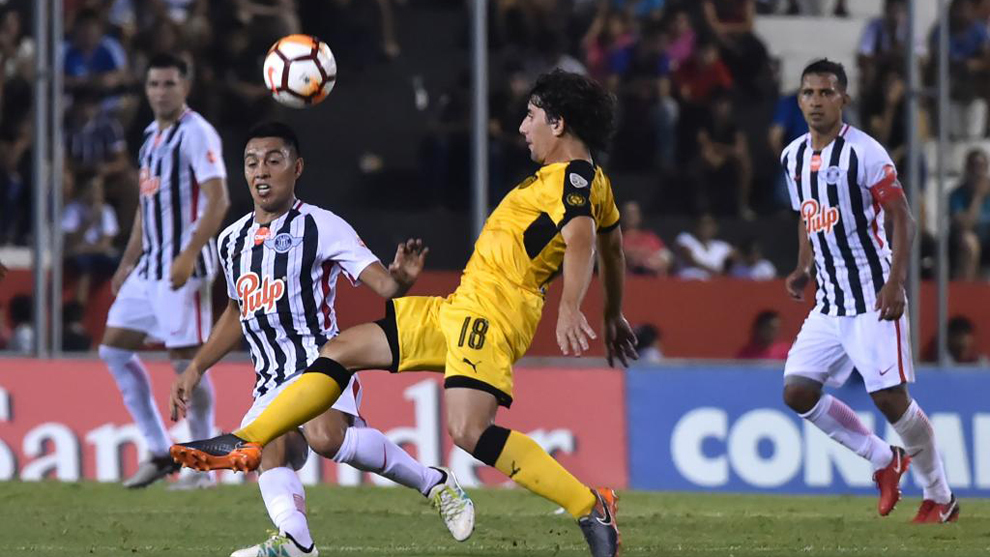
Youssef Msakni (Tunisia)
The midfielder of Qatar's Al Dhail suffered a torn cruciate ligament in his knee in early April.
Although he is not a well-known player in Europe, he is the star of Tunisia and the team will have to fight without his services in Russia.

Zlatan Ibrahimovic (Sweden)
The controversial player from Sweden will not feature in the World Cup, as the Swedish FA confirmed his absence after rumours of a return surfaced.
His high-profile move to Los Angeles Galaxy, after a weak season between injuries and other reasons with Manchester United, leaves him off the list for Russia 2018.

Lars Stindl (Germany)
A ruptured ligament forces the German to miss out on the World Cup, as he will have to undergo surgery.
Despite not being a regular figure in the German attack, the player was summoned in the team's past friendlies against Spain and Brazil and had impressive performances.

Karim Benzema (France)
After his problems with the French justice system and his clashes with coach Didier Deschamps, it is already clear that the striker will not join his team on their Russia 2018 journey.

Danilo Pereira (Portugal)
Danilo Pereira, a regular starter at Porto, will also miss the World Cup due to an Achilles tendon injury.

Aleksandr Kokorin (Russia)
He suffered an injury to the anterior cruciate ligament of his right knee during a match against Leipzig, leaving Zenit without many options in attack.
He will miss the remainder of the season and the World Cup.

Zouhair Feddal (Morocco)
Feddal has already undergone surgery after tearing his Achilles tendon during a game against Villarreal.
The Moroccan was interviewed after his injury and the player made it clear he would not arrive in time for the World Cup.

Santi Cazorla (Spain)
After eight operations and an infection, the Arsenal player will once again sit out from a great competition.
A fissure in the ankle and several torn ligaments has been the life of Santi Cazorla since 2013.
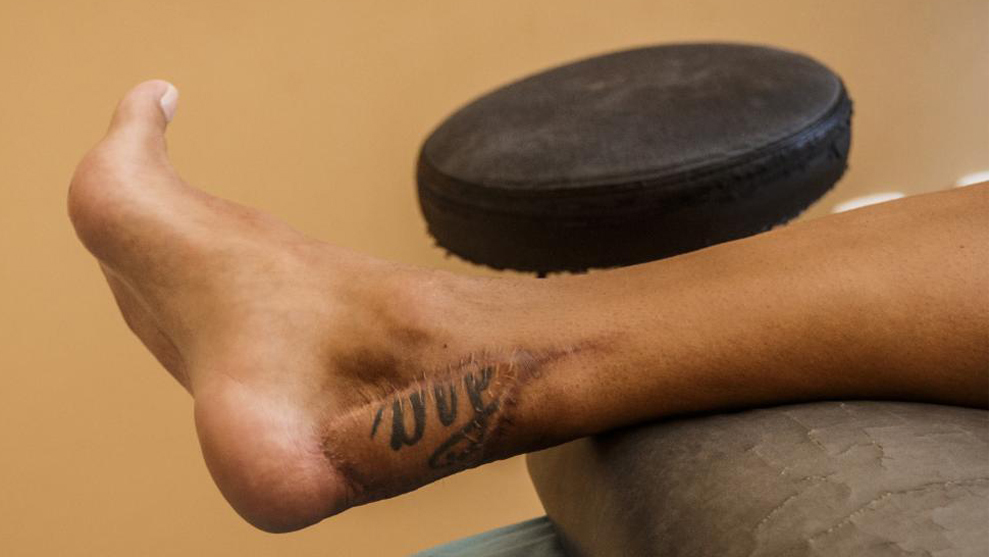
In addition, players to add to this list who are a serious doubt to play in the World Cup are Manuel Neuer, Jerome Boateng, Serge Gnabry and Emre Can.
From MARCA, we wish a quick (or very soon) recovery to all the players who are in a race against time to reach the tournament of the year, the 2018 FIFA World Cup.
Place Your Adverts Here.
Place Your Adverts Here.
